Panzerkampfwagen VI Ausf. H3 "Tiger Leicht" – The Lightweight Tiger of 1945
Historical Context:
By late 1943, the Wehrmacht began to feel the logistical burden of the Tiger I. Though highly effective on the battlefield, its 57-ton weight, complex maintenance, and high fuel consumption made it difficult to mass-produce and deploy. With the growing presence of Soviet T-34/85s and British Sherman Fireflies, the German High Command ordered a study for a lighter, more mobile—but equally lethal—version.
Birth of the Tiger Leicht (H3):
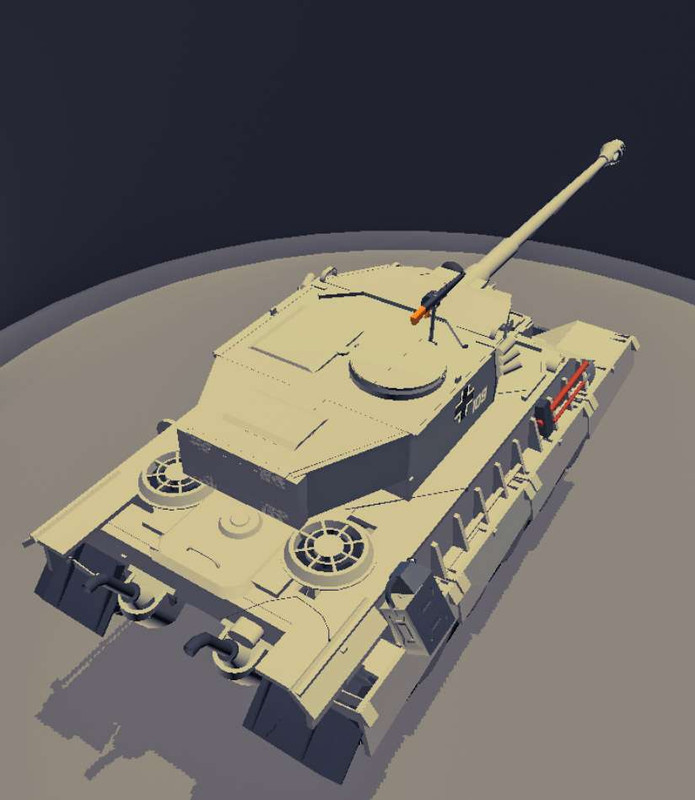
In February 1944, Henschel presented a radical evolution of the Tiger I: the Tiger H3, nicknamed by crews as the "Tiger Leicht" (Light Tiger). It retained the silhouette of the Tiger I but reduced weight by removing redundant armor layers, optimizing internal structures, and cutting the total weight to 51 tons—6 tons lighter than the original.
Protection and Mobility:
The frontal armor was completely redesigned: a 100 mm plate angled at 60°, effectively deflecting AP shells.
The side armor was reinforced to 80 mm vertical, significantly improving resistance against 75 mm and 76 mm guns.
The Maybach engine was replaced by a supercharged version of the HL 230 P45, slightly modified, allowing a top road speed of 52 km/h.
Armament:
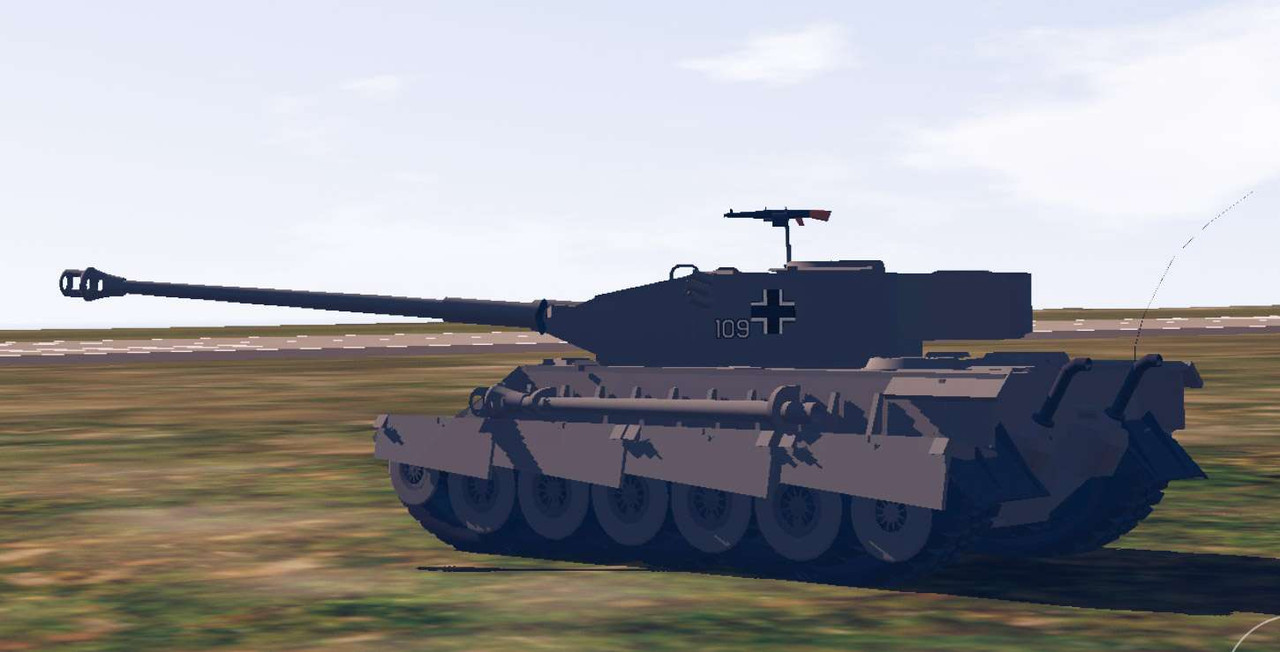
The Tiger H3 dropped the 88mm L/56 of the Tiger I in favor of the Flak 88 L/66—a longer but more compact version than the Tiger II’s gun. It still fired the PzGr.39, but with improved penetration: 190 mm at 100 meters, making it capable of defeating IS-2s and Churchill Black Princes at mid-range.
Elevation: +20°, Depression: -10° — making it ideal for hilly terrain and ambush tactics.
Rate of fire was improved: thanks to a semi-automatic mechanism, reload time dropped from 8.5 seconds to 6 seconds, depending on crew skill.
Production and Deployment:
After successful trials in Poland in June 1944, Hitler ordered a limited production run of 250 units in autumn. The Tiger Leicht entered service in January 1945, mainly assigned to Waffen-SS units and select elite Panzer divisions.
Theaters of Operation:
Operation Sonnensturm (Hungary, February 1945): Tiger Leichts destroyed numerous IS-2s and T-34s in defensive battles.
Battle of the Oder: Its off-road capabilities and mobility allowed it to hold off Soviet heavy tanks while retreating with minimal losses.
End of Service:
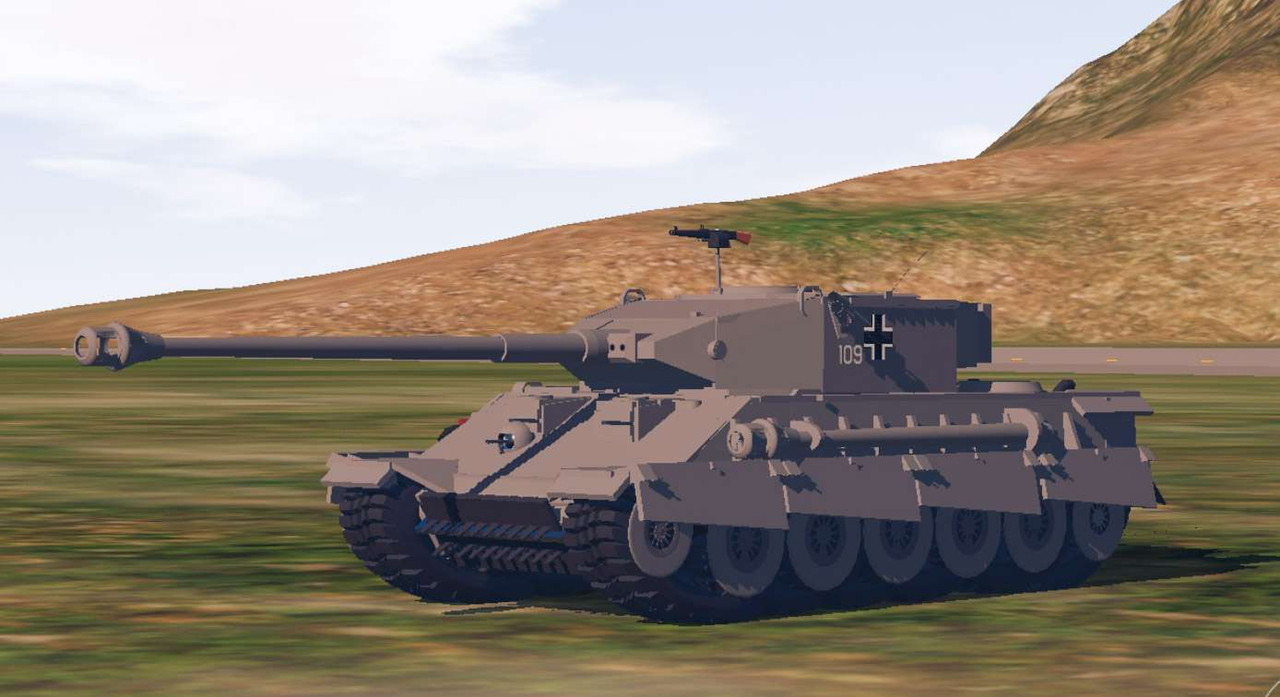
By the German surrender in May 1945, fewer than 190 units remained operational. Several were captured by the Soviets and studied at Kubinka. One example was sent to the United States, now displayed at the Aberdeen museum.
Post-War Assessment:
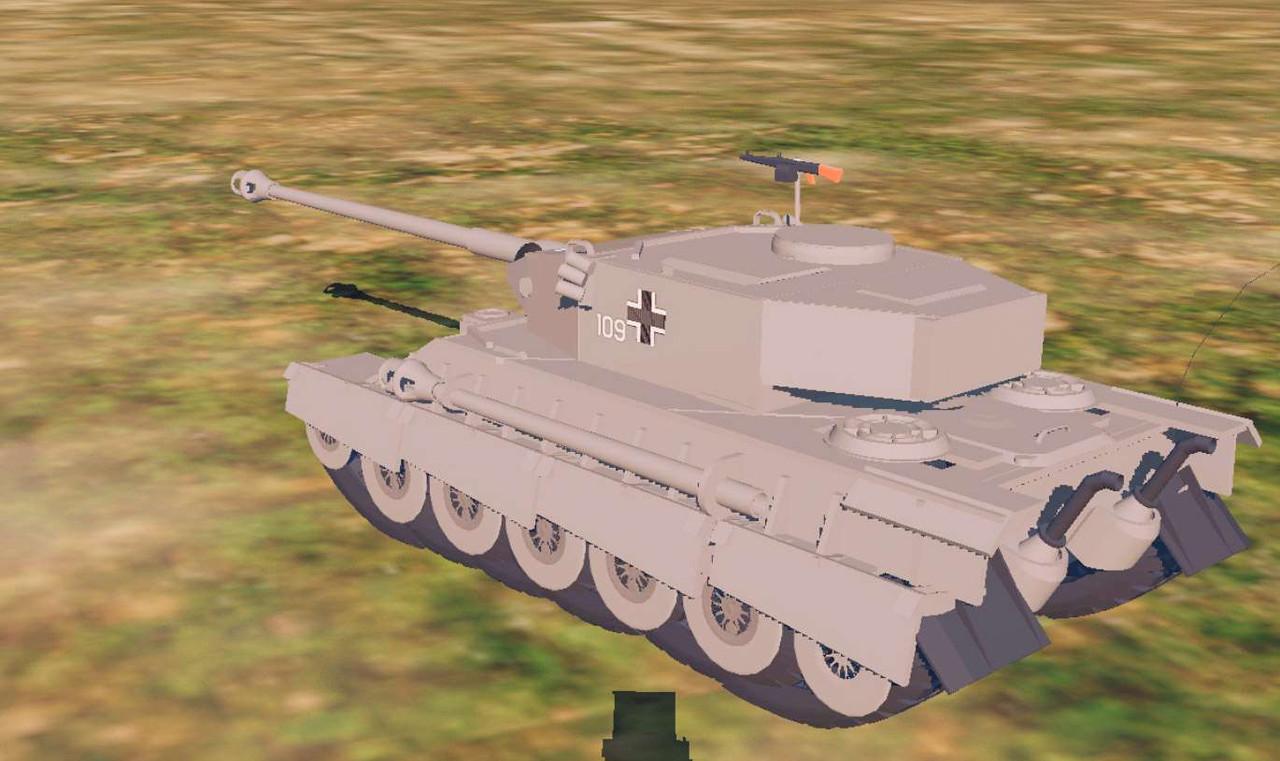
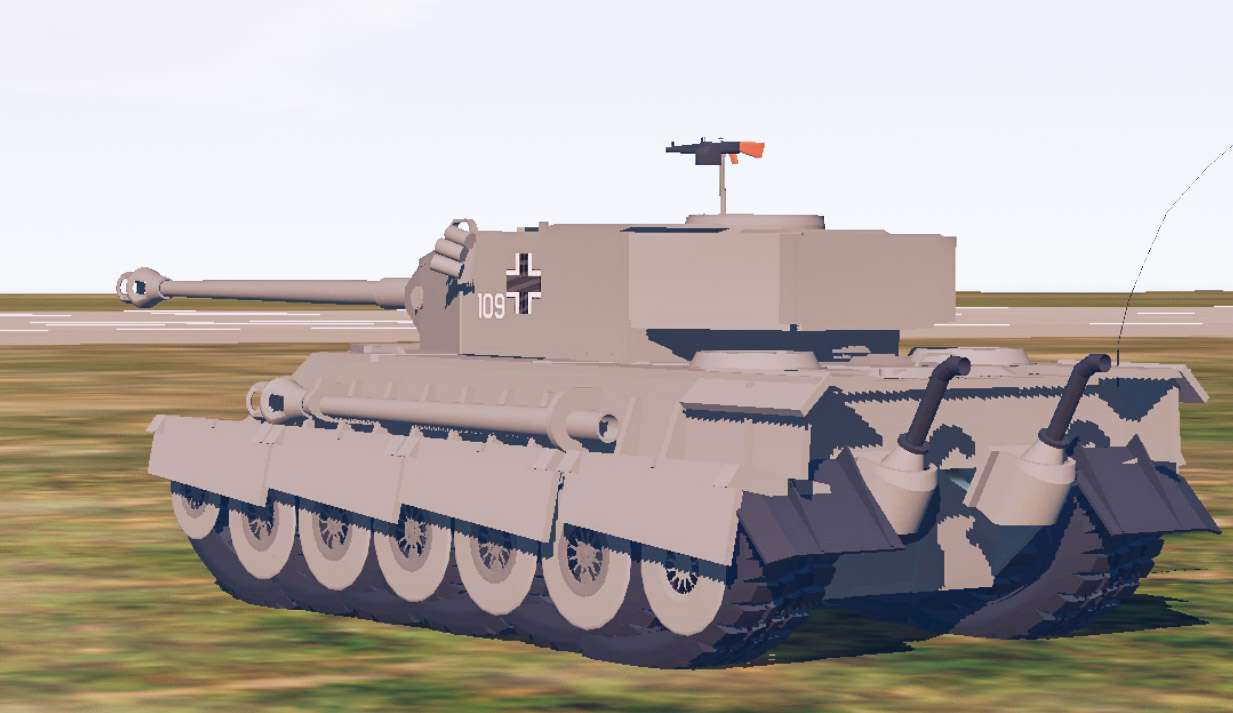
Tactical Success:
Capable of defeating any Allied tank in a duel.
Strategic Failure:
Entered service too late and in too few numbers to change the outcome of the war.
Influence:
Inspired postwar German designs focused on sloped armor and improved mobility, influencing future concepts like the E-50 project.
Specifications
Spotlights
- Panzerwaifu yesterday
- DJRianGamerTheHololiveFan 2 days ago
- SILVERPANZER yesterday
- MasAgus 2 days ago
General Characteristics
- Created On Android
- Wingspan 11.9ft (3.6m)
- Length 34.7ft (10.6m)
- Height 10.2ft (3.1m)
- Empty Weight 113,646lbs (51,549kg)
- Loaded Weight 113,912lbs (51,670kg)
Performance
- Wing Loading 135,460.7lbs/ft2 (661,376.8kg/m2)
- Wing Area 0.8ft2 (0.1m2)
- Drag Points 6419
Parts
- Number of Parts 469
- Control Surfaces 0
- Performance Cost 1,988

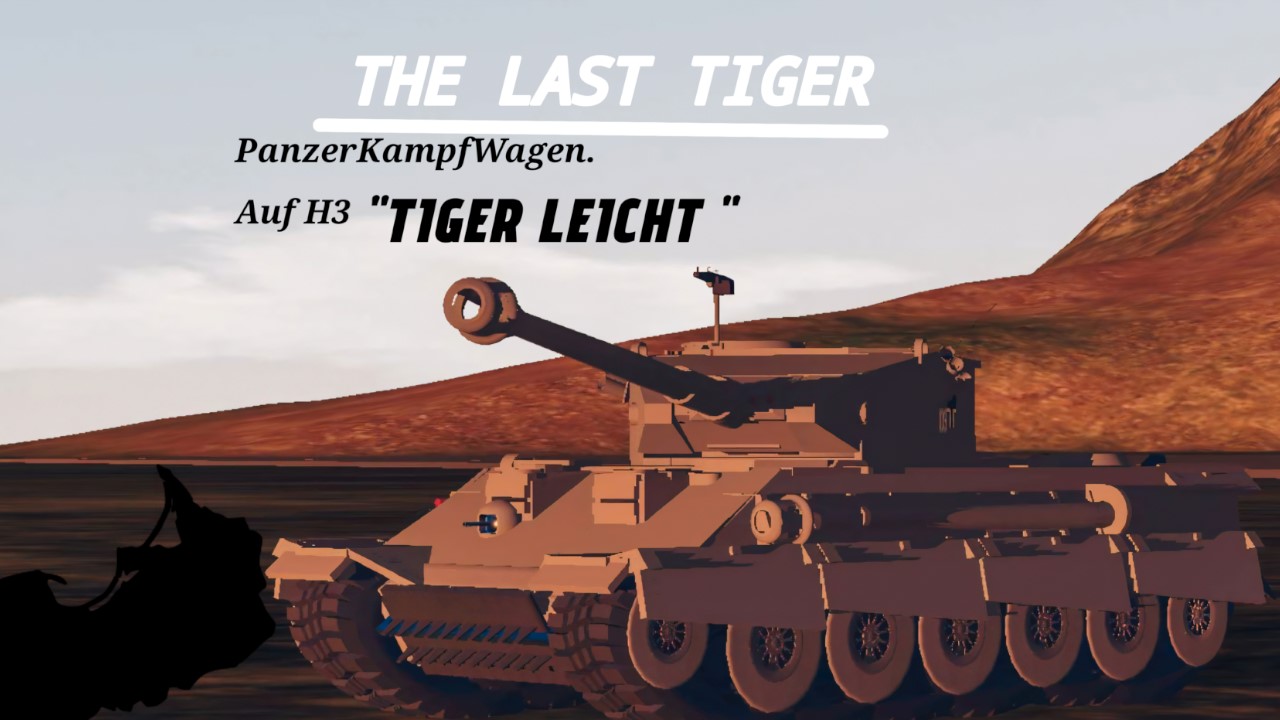
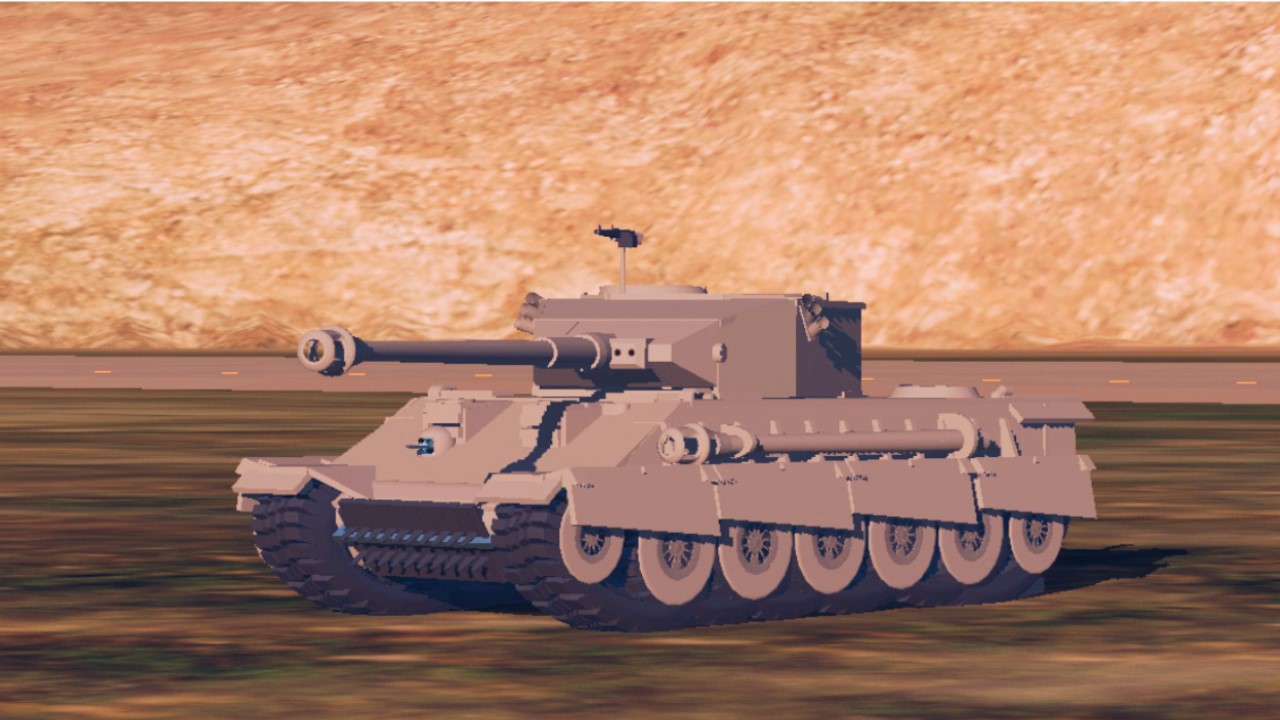
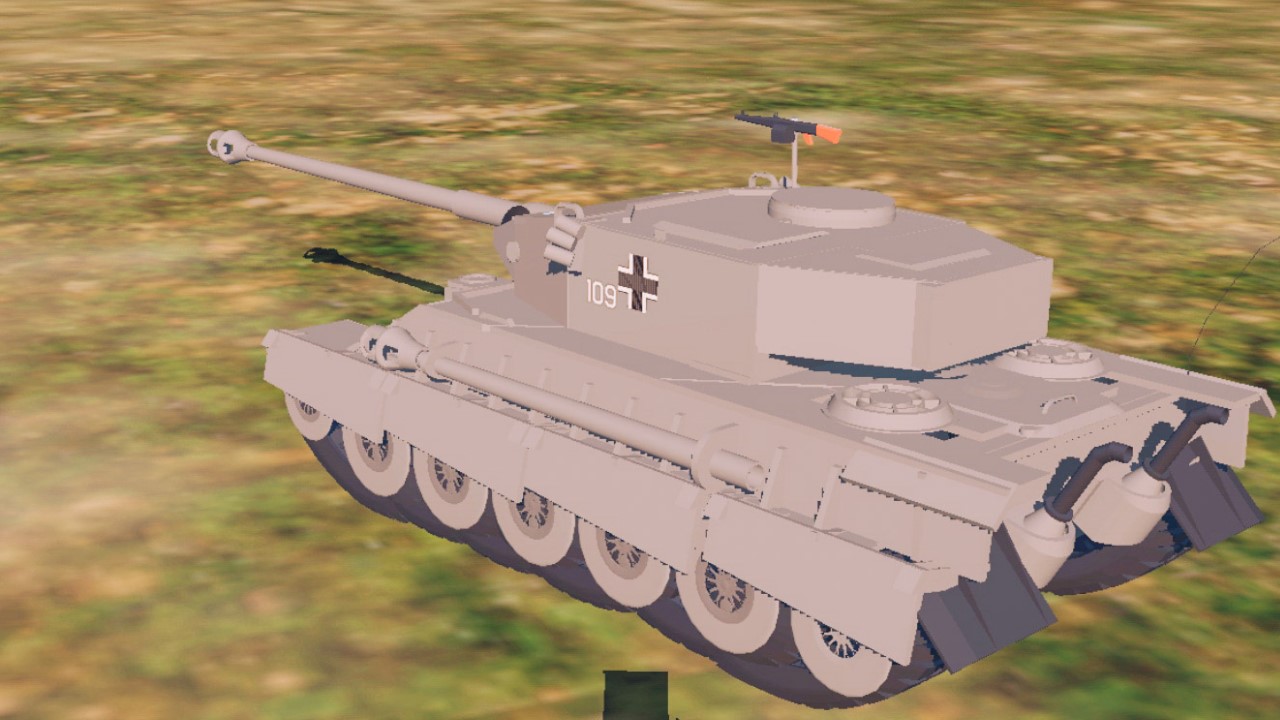
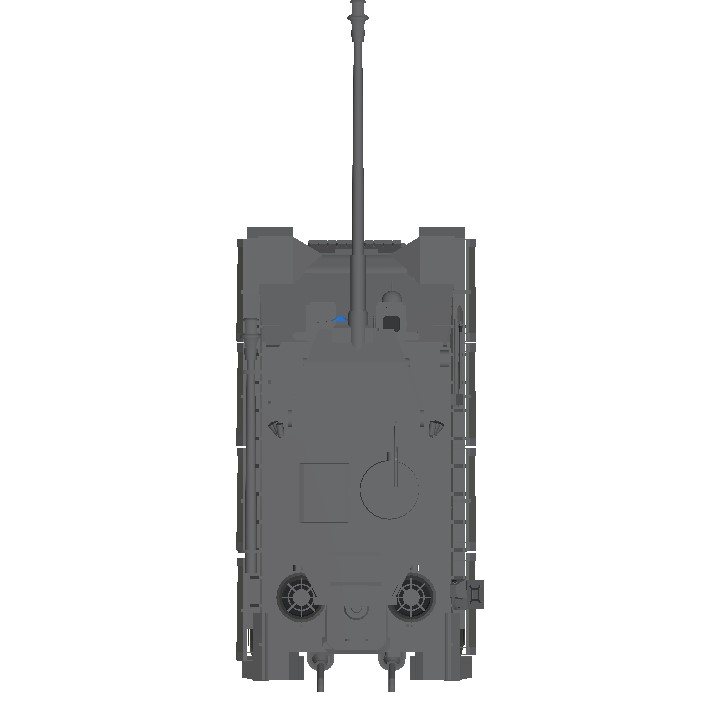
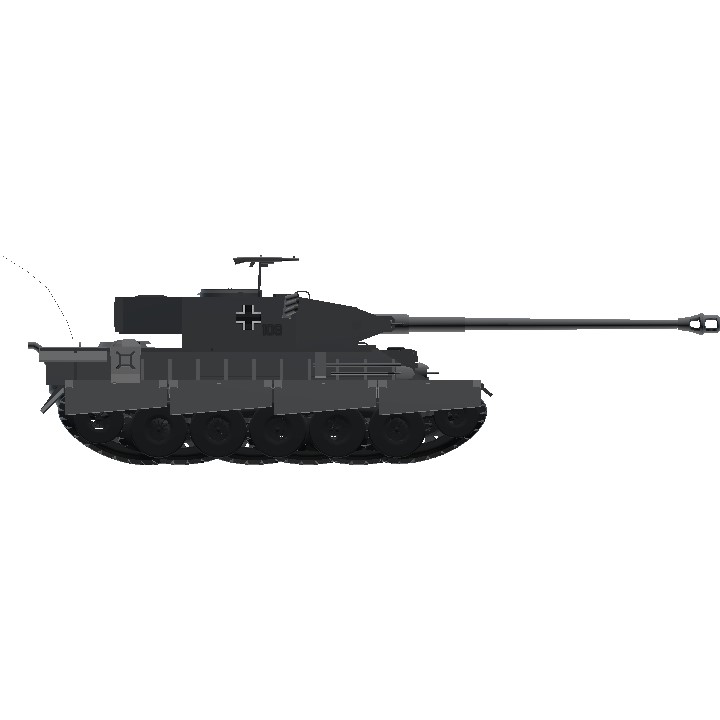
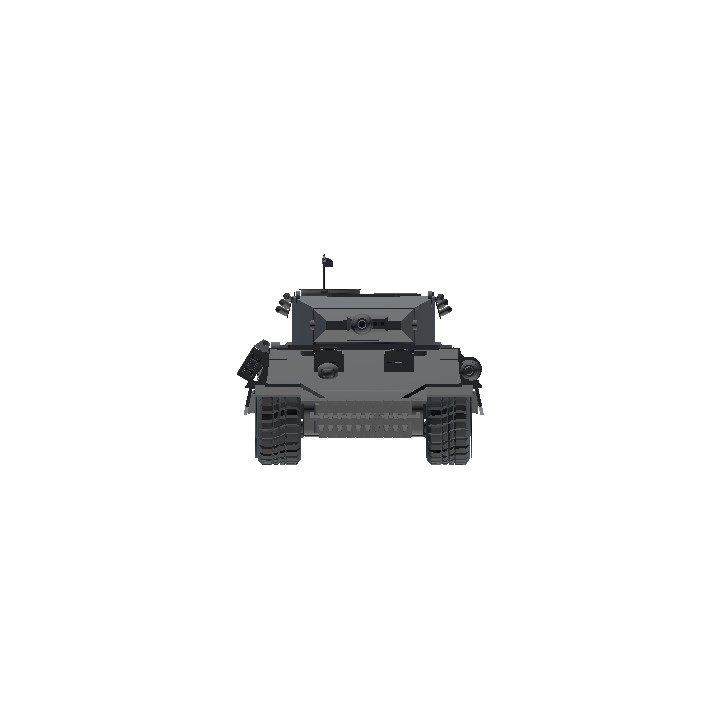
Tiger on a diet
wannabe comet
3th comment
2nd comment
First comment hahahah